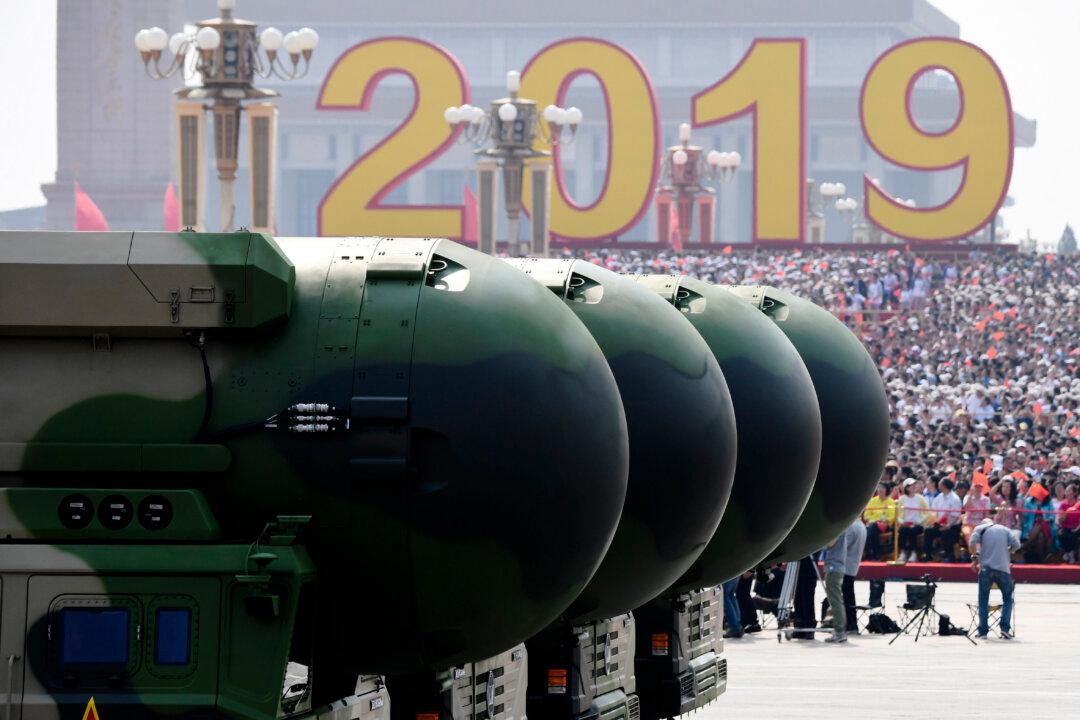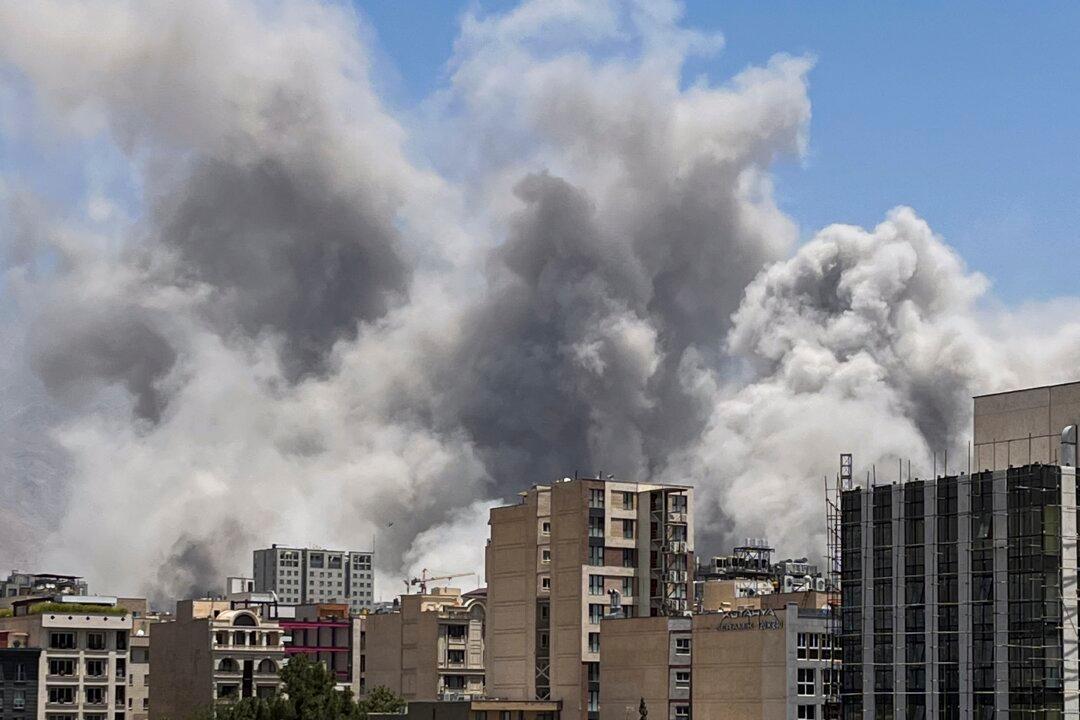In 1939, armies of Nazi Germany and the Soviet Union invaded Poland, beginning World War II. As Hitler furthered his genocidal plans to create “living space” in the east, communist cadres and military personnel set out to work according to tried and tested methodology. This led to the infamous Katyn Massacre in spring 1940, where tens of thousands of captured Poles—mostly army and police personnel—were murdered, and the crime blamed on the Germans.
One perpetrator of the massacre was professional executioner Vasily Blokhin. A member of dictator Josef Stalin’s NKVD (the security organization that later became the KGB), this handpicked killer personally shot 7,000 Polish prisoners in the Katyn Massacre, in addition to thousands more in other episodes of Stalin’s state terror.



